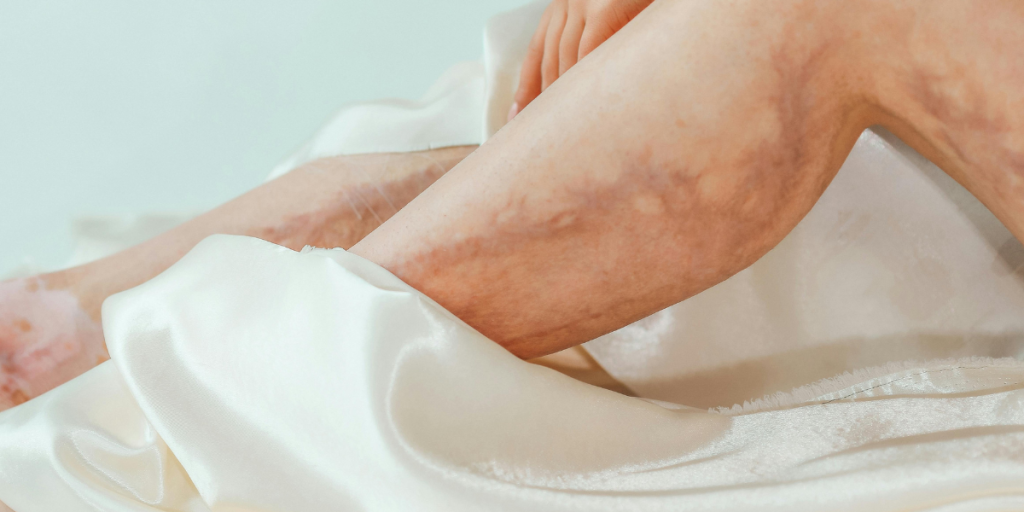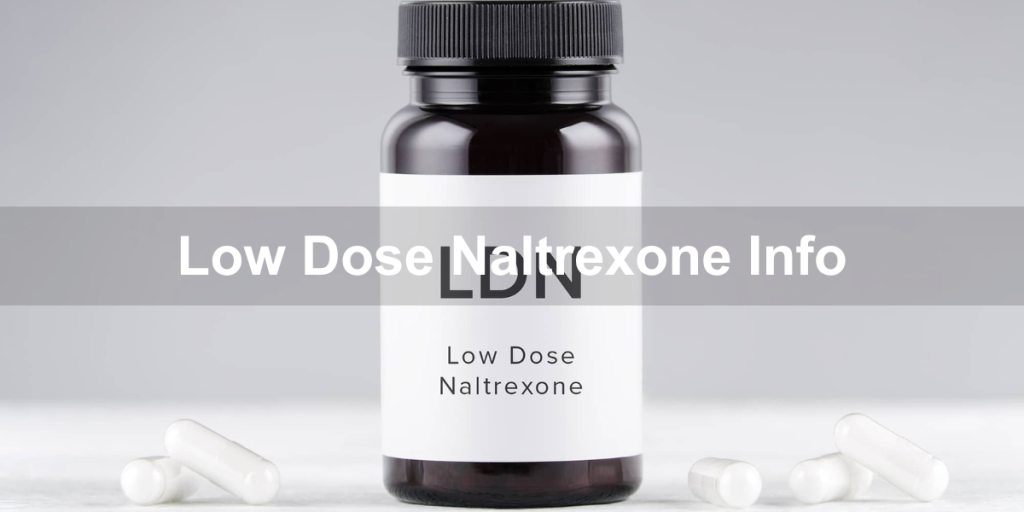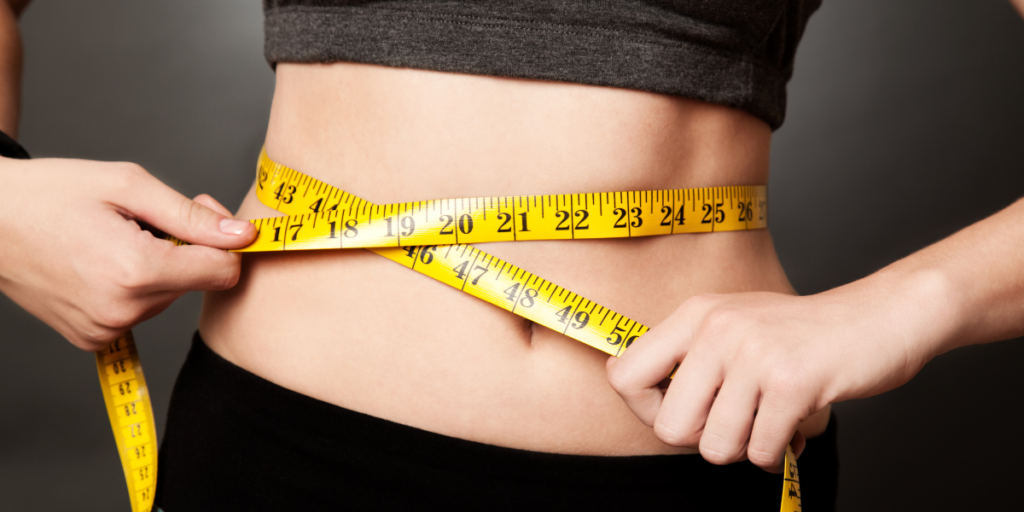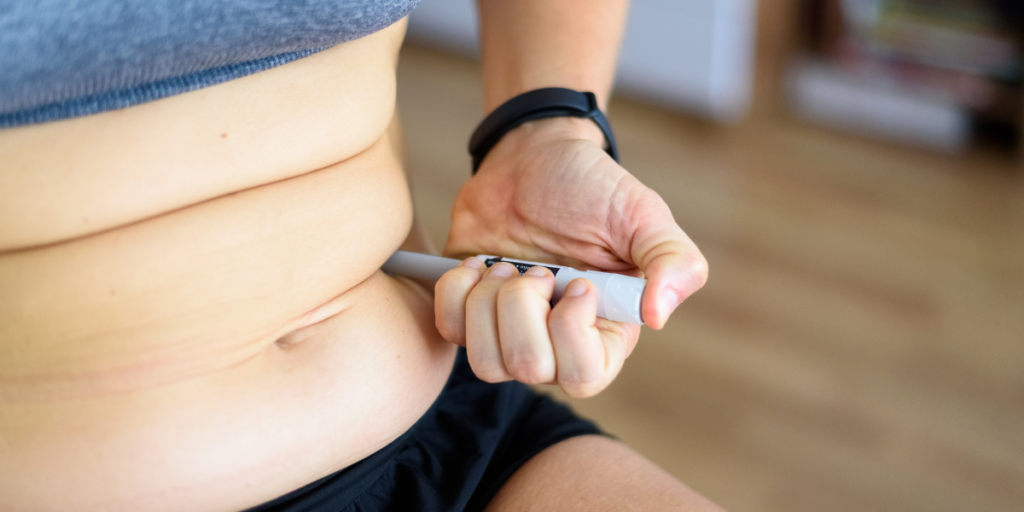A Complete Candidacy Guide from Katalyst Wellness Clinic, San Diego
Low Dose Naltrexone (LDN) is a fascinating therapeutic option within integrative and functional medicine. This gentle, safe, and cost-effective treatment influences crucial bodily regulatory systems, including immunity, inflammation, mood, and pain perception.
But the real question patients ask is: “Am I a good candidate for LDN?”
At Katalyst Wellness Clinic in San Diego, we approach this question with nuance. More than just a diagnosis, your health story, personal goals, and how your body responds to gradual adjustments all play a role in determining your eligibility for LDN.
This guide will help you understand what LDN does, who can benefit from it, who should exercise caution, and ultimately, how to determine if it’s the right choice for you.
What LDN Actually Does
Naltrexone was originally developed in high doses (50–100 mg) to treat alcohol and opioid dependence. Decades later, physicians discovered that when given in low doses (1.5–4.5 mg), it behaved very differently. Instead of simply blocking receptors, it trains the body to recalibrate.
Core actions of LDN include:
- Stimulating endorphin release, which improves mood, resilience, and immune regulation.
- Reducing excess inflammatory cytokines while increasing calming regulatory T cells.
- Quieting microglial activation in the brain and spinal cord, which lowers chronic pain and fatigue signaling.
- Supporting hormone and metabolic pathways by reducing inflammatory interference.
These mechanisms explain why LDN has been studied across a wide range of conditions—from autoimmune diseases to fibromyalgia to post-viral syndromes.

Who Makes a Strong Candidate for LDN?
LDN is not a one-size-fits-all therapy, but several groups consistently benefit from its unique effects.
1. Individuals With Autoimmune Conditions
Autoimmune diseases arise when the immune system mistakenly attacks the body’s own tissues. LDN helps restore balance by calming overactive responses while strengthening regulatory mechanisms.
Conditions where LDN may help include:
- Hashimoto’s thyroiditis
- Graves’ disease
- Rheumatoid arthritis
- Psoriasis and eczema
- Multiple sclerosis
- Crohn’s disease and ulcerative colitis
Patients in this category are often seeking gentler, long-term solutions instead of – or alongside – heavy steroids or biologic drugs.
2. People With Chronic Pain
Pain syndromes like fibromyalgia, complex regional pain syndrome, migraines, and neuropathy often involve nervous system over-activation. By calming microglia and boosting endorphins, LDN reduces both pain perception and inflammation.
Ideal candidates are those who want relief without sedation, dependency, or cognitive dulling.
3. Post-Infectious and Long-Viral Patients
LDN shows promise for those struggling with post-viral fatigue, brain fog, or immune irregularities after infections like Epstein–Barr virus, Lyme disease, or COVID-19. Candidates here are often people who feel “stuck” despite adequate rest, supplements, or conventional therapies.
4. Hormonal and Metabolic Imbalances
Inflammation disrupts hormone signaling, affecting thyroid function, insulin sensitivity, and ovarian health. By lowering systemic inflammation, LDN can help:
- Improve insulin sensitivity in metabolic dysfunction
- Support weight management
- Enhance thyroid responsiveness in autoimmune thyroid disease
- Improve symptoms in PCOS
5. People Seeking Gentle Immune Support
Some candidates do not have a clear diagnosis but struggle with frequent illness, slow wound healing, or high inflammatory markers. LDN offers a subtle way to reinforce resilience without harsh immune suppression.

Who Should Approach With Caution?
LDN is remarkably safe, but it is not appropriate for everyone.
- Patients on opioid medications: Because LDN partially blocks opioid receptors, it can interfere with pain relief and trigger withdrawal in those using opioids.
- Severe liver disease: Naltrexone is metabolized by the liver, so monitoring is necessary in patients with significant liver impairment.
- Pregnancy and breastfeeding: Research is limited, so decisions must be carefully weighed on a case-by-case basis.
- Those seeking instant results: LDN requires patience. Its benefits typically build over weeks to months, not days.
The Katalyst Approach to Candidacy
Comprehensive Health Review
Your candidacy evaluation begins with a detailed review of medical history, medications, and labs. Autoimmune antibodies, thyroid function, inflammatory markers, and metabolic health are considered.
Symptom Mapping
We’ll carefully consider your experiences, including pain patterns, fatigue, stress recovery, and mood, to determine if LDN is appropriate for your needs.
Personalized Dosing
We start with a low dose, usually 1.5 mg nightly, then gradually increase based on your response. This titration ensures tolerance while maximizing benefits.
Integration With a Larger Plan
At Katalyst, LDN is never a stand-alone therapy. It is paired with hormone balancing, micronutrient therapy, peptide protocols, ozone therapy, or lifestyle coaching. Candidates open to this integrated approach see the most profound results.
What Candidates Should Expect
Adjustment Period
Some patients notice vivid dreams or mild sleep disruption in the first week. These effects usually fade as the body adapts.
Timeline of Benefits
- Weeks 1–3: Subtle shifts in energy or mood.
- Months 1–3: Noticeable reduction in flares, improved pain thresholds, better sleep.
- Months 3–6: Sustained improvements in stamina, cognitive clarity, and lab markers.
The Patient Partnership Factor
LDN works best when patients actively engage in their care. Tracking sleep, mood, pain, and flare frequency helps our clinicians fine-tune your therapy.
Comparing LDN With Other Treatments
| Treatment | How It Works | Limitations/Risks | Where LDN Differs |
| Steroids | Suppress inflammation broadly and powerfully. | Long-term use can cause bone loss, weight gain, mood swings, immune suppression. | LDN modulates immunity instead of suppressing it, restoring balance without shutting down defenses. |
| Biologic Drugs | Block specific immune pathways to reduce autoimmunity. | High cost, infection risk, potential for serious side effects. | LDN is affordable, gentle, and influences multiple immune pathways without the same risks. |
| Pain Medications | Block pain signals or sedate the nervous system. | Risk of dependency, sedation, reduced alertness, tolerance with long-term use. | LDN reduces pain by calming neuroinflammation and boosting endorphins, without dulling awareness. |
| Supplements & Lifestyle Alone | Support health through nutrition, sleep, and stress reduction. | May not be strong enough for moderate to severe conditions. | LDN amplifies and enhances these strategies, creating synergy with lifestyle measures. |
Misconceptions About Candidacy
- “I’m too old to benefit.”
Older adults often experience some of the most dramatic improvements in energy, resilience, and inflammation.
- “I need a formal diagnosis first.”
While autoimmune diagnoses are common, some people benefit simply because LDN restores balance in unexplained fatigue, inflammation, or pain.
- “It should work immediately if it’s effective.”
LDN requires patience. Its true strength lies in gradual, steady recalibration of the body’s systems.
Patient Profiles From Our Clinic
Elena, 43, Hashimoto’s thyroiditis
Despite thyroid medication, Elena remained exhausted. After three months on LDN, her antibodies declined, energy improved, and she needed a lower thyroid dose.
Mark, 56, post-Lyme fatigue
Years of joint pain and brain fog held Mark back. With LDN, he regained stamina, clarity, and could return to weekend cycling.
Sophia, 29, Crohn’s disease
Sophia relied on steroids during frequent flares. With LDN and nutritional therapy, flare frequency decreased, and she began tapering her steroid use.
Frequently Asked Questions
The best way is through a physician consultation that reviews your medical history, labs, and current medications.
Often yes, but not with opioids. Your physician ensures safe integration with other therapies.
Not always, though baseline labs can help measure progress.
We can begin with a dose as low as 0.5 mg and increase it slowly. Even if you are sensitive, you may still be a candidate.
Not immediately. It may allow gradual dose reduction, but only under physician supervision.
No. LDN is generally inexpensive, though insurance coverage varies. Most patients pay less than for a daily coffee.
Yes. LDN is not banned by athletic organizations and supports recovery and resilience.
Is LDN Right for You?
Candidacy is not solely about diagnosis. It also involves your objectives, your resilience, and your readiness to commit to incremental change.
At Katalyst Hormone & Wellness Clinic in San Diego, our role is to guide you through this decision with expertise, compassion, and precision.
???? Schedule your free consultation today and discover whether Low Dose Naltrexone is the missing link in your health journey.




